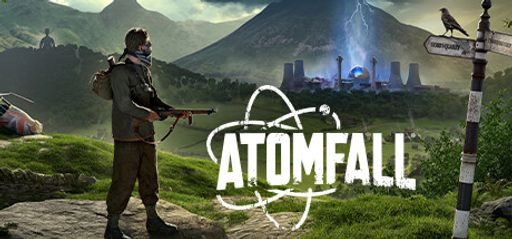I recently finished a full playthrough of Atomfall by Rebellion and felt the need to share my detailed thoughts. As someone who explores every detail, I found the game to be a mix of clever ideas and familiar flaws. Atomfall is a survival-action game set during a nuclear disaster in an alternate 1960s Northern England. Though reviews have been mostly positive, there are several parts worth a closer look.
Overall Impression
Right away, Atomfall’s world-building drew me in. You start in Slatten Dale, a sealed-off British town struck by disaster. The developers crafted an eerie and beautiful post-apocalyptic setting. Each new area tells its own story. I liked how the game removes fast travel, making backtracking part of the experience. It encourages real exploration. Whether I found a hidden waterfall or an old bunker, the world kept inviting me to look deeper.
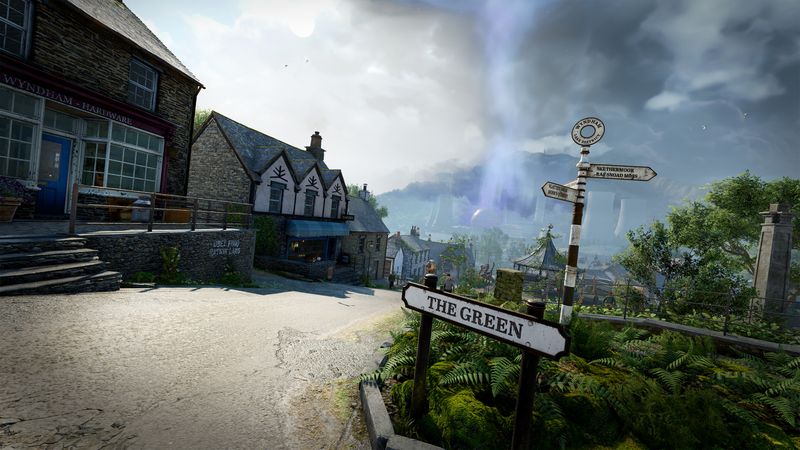
Gameplay Mechanics
Instead of fixed quest markers, Atomfall uses open-ended clues. I liked following hints from NPCs, items, or audio logs. Without clear objectives, I had to use the map and connect the dots myself. This approach rewards careful players with satisfying “aha” moments. It sets Atomfall apart from more guided games, though it can sometimes feel a bit too vague.
Combat
Combat in Atomfall is layered. The shooting is fun but not easy. Ammo is scarce, so each fight demands smart aim and careful planning. I liked that enemies go down with a headshot, but my character is just as fragile. The stamina system, based on heart rate, adds stress during fights. Still, melee combat felt clunky and weak. I used it only when I had no choice, and the poor animations took away from the immersion.
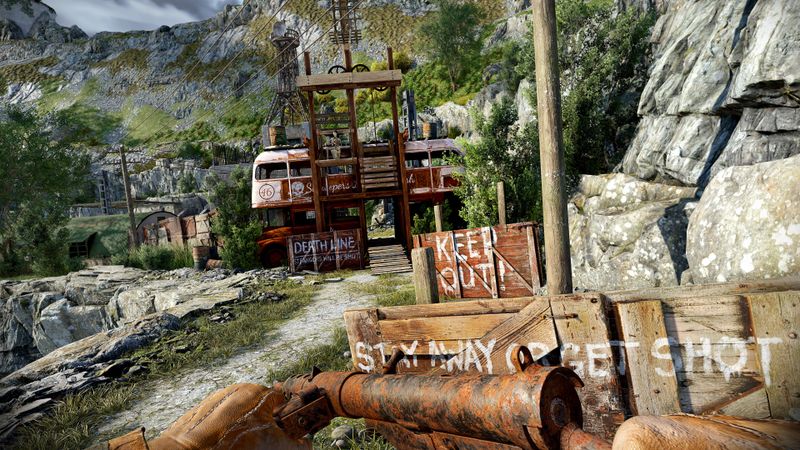
Stealth
Stealth felt like a puzzle I wanted to solve, but the pieces didn’t always fit. I expected to be safe in tall grass or dark spots, but enemy reactions were often random. Sometimes hiding worked well, other times I was spotted too easily. Noise detection was off, too—using a supposedly quiet weapon would still trigger alerts. This left me with mixed feelings and may divide players.
Inventory
Managing your inventory is both smart and annoying. Limited slots in each item type force you to think about what to carry. It adds to the survival feel, but it’s stressful when you need essentials. You can upgrade storage through skills, but the basic system is stiff. The tube-based storage feels outdated, and the single-column view with no filters is clunky. Still, fans of older systems might find it charming.
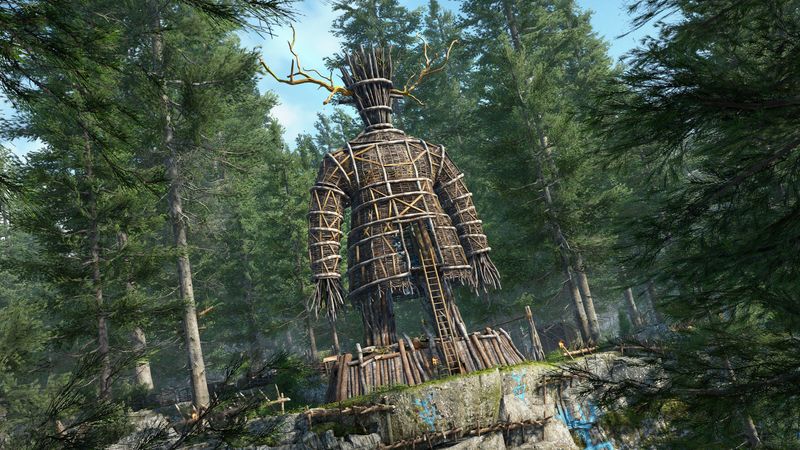
Skill Acquisition
In addition to exploration and combat, Atomfall incorporates a skill acquisition method that ties progression to the narrative itself. Finding skill books and training stimulants creates a satisfying rhythm that rewards thorough exploration. This method deviates from the typical experience points system seen in many survival or action titles, introducing a unique, though sometimes limiting, sense of advancement. I found that most skills prove useful for progression, even if certain abilities, such as resistance, seem redundant or underutilized.
Story and Characters
The narrative of Atomfall is a traditional story of survival and mystery. With six distinct endings, the game teases promise and choice to the dedicated explorer, though I must admit, the story felt pedestrian. I encountered familiar tropes of desolation amid widespread conflict between human factions—protocol enforcers, outlaws, and druids—as well as monstrous ferals and automated turrets. I applaud the freedom to engage with or eliminate NPCs at will; it creates an unpredictable dynamic. However, the narrative often falls back on well-worn clichés, and the dialogue choices, while meaningful, rarely propel the story into fresh territory. It is a serviceable narrative that supports the mechanics but does not revolutionize genre storytelling.

Visuals and Graphics
Visually, Atomfall delivers a compelling aesthetic. Rebellion has evidently invested in recreating a detailed and atmospheric post-apocalyptic Northern England. The environments range from crumbling urban areas to secluded cellars, each rendered with striking attention to detail. The lighting and textures work in concert to evoke a haunting and immersive atmosphere. Although the graphical quality is impressive, some indoor locations, like the dilapidated prison and castle, occasionally feel overdone. Still, the artistic design strongly adds to the tension and mystery that defines the game.
Sound and Music
The auditory landscape of Atomfall deserves recognition as well. The soundtrack complements the somber mood, with music that ebbs and flows in line with the game’s pacing. I appreciated the subtle yet effective sound effects during exploration, which bolster the feeling of isolation. Voice acting, though serviceable, occasionally feels flat. However, moments of crisp ambient sound and carefully designed audio cues draw me deeper into the world. The overall sound design functions well enough to elevate the tension during combat and exploration alike.
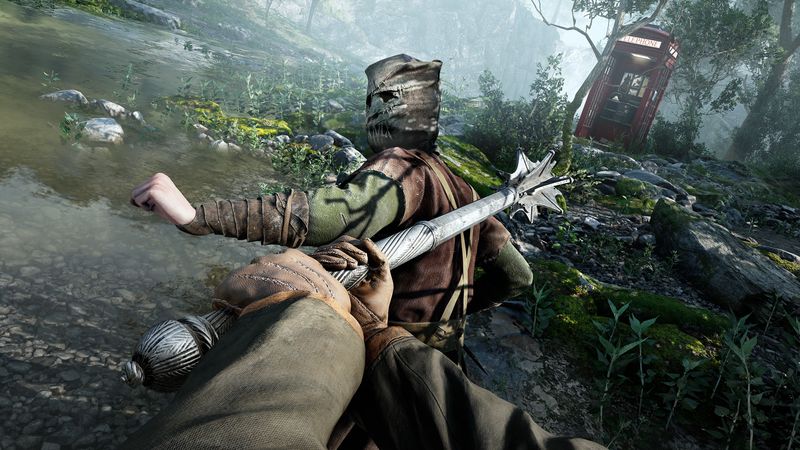
Difficulty and Replayability
In the realm of difficulty and replayability, Atomfall is a compelling but ultimately small experience. While I clocked around 17 hours in one playthrough, the game encourages subsequent runs. I have gathered 20 out of 36 achievements and suspect that a second playthrough would unlock hidden narratives and new challenges. The lack of a robust XP system and the reliance on exploration to gain useful skills means that each consecutive run allows me to delve deeper into the game’s mysteries and potentially experience a different ending. However, some players might find the challenges too forgiving, or the mechanics too inconsistent, lowering the incentive for repeated play.
Final Thoughts and Conclusion
Comparing Atomfall to other titles in its genre, I acknowledge its ambition. I have seen comparisons to Metro and Fallout, yet Atomfall stands apart with its focus on pursuit and scavenging in unique environments. Its exploration mechanics and the liberation from traditional quest markers foster a more active and rewarding gameplay loop. However, its combat and stealth systems, alongside a storage system that feels outdated, prevent it from reaching the heights of its more refined contemporaries.
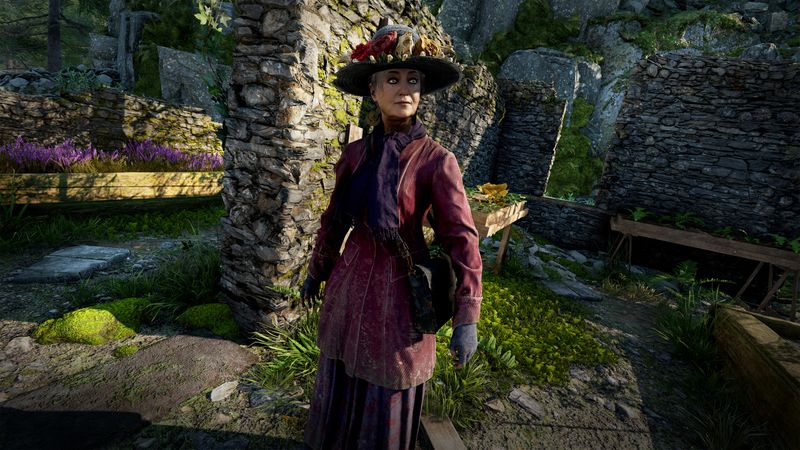
After my deep dive into Atomfall, I offer a measured score of 3.5 out of 5 stars. I appreciate its commitment to world-building, atmospheric visuals, and the thrill of exploration. Nonetheless, inconsistent stealth mechanics, underwhelming melee combat, and a cumbersome inventory system pull the experience down slightly. Atomfall is a commendable effort from Rebellion, and I see potential in its forthcoming DLC, Wicked Isle, to address some of these areas and expand the narrative. I recommend that players pick it up on sale and experience its unique approach to survival action, but those seeking a revolutionary gameplay overhaul might find it only moderately satisfying.

